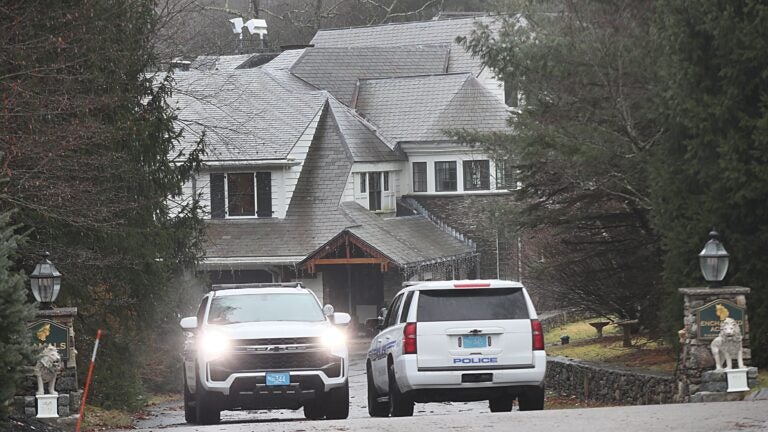Newsletter Signup
Stay up to date on all the latest news from Boston.com

A preliminary investigation by GE found that the Vineyard Wind blade that broke off, falling into the ocean and littering nearby beaches, was due to a “manufacturing deviation.”
The failure occurred on July 13, and the damaged turbine continues to send floating debris and sharp fiberglass across the south shore of Nantucket, angering residents.
The turbine, manufactured by GE Vernova, is part of the Vineyard Wind project, a joint venture between Avangrid and Copenhagen Infrastructure Partners.
In a statement on Wednesday, GE Vernova said the investigation found that the affected blade experienced a manufacturing deviation, specifically “insufficient bonding” that the quality assurance program should have identified.
“There is no indication of an engineering design flaw in the blade,” the company said in a statement.
“Our investigation is ongoing, and we are working with urgency to scrutinize our blade manufacturing and quality assurance program across offshore wind,” GE Vernova continued.
The failure happened at Vineyard Wind’s offshore wind farm, which began delivering energy from five of the planned 63 wind turbines in February. The farm is about 15 miles south of Nantucket and Martha’s Vineyard.
Due to the blade failure, the Bureau of Safety and Environmental Enforcement has since ordered Vineyard Wind to cease power production until it can determine if other turbines could be affected.
During an earnings call on Wednesday morning, GE Vernova CEO Scott Strazik said the company is still conducting a “root cause analysis” into the blade failure. The company is re-inspecting all 150 offshore wind blades made at its factory in Gaspee, Canada.
Strazik said the company is conducting a “prudent, thorough process” and using “non-destructive” testing methods similar to ultrasounds and radiation to identify deviations.
GE Vernonva also stated that there is no connection to the blade failure the company experienced at an offshore wind project in the UK. An installation error while out at sea caused that blade failure.
Strazik declined to provide a timeline for the cleanup process of the Vineyard Wind turbine during the earnings call.
“We have work to do and a high degree of confidence that we can do this,” he said.
On Tuesday, the Nantucket Select Board met in executive session to discuss “potential litigation” regarding the recovery costs associated with the blade failure.
An update is expected Wednesday evening at the regularly scheduled Select Board meeting.
Vineyard Wind and GE representatives will also discuss the newly available environmental assessment report on the incident. GE Vernova paid for the report, which was conducted by Arcadis US, a global engineering and environmental consultancy firm.
The report says the primary risk from the turbine blade is physical injuries to those who come into contact with debris, such as sharp fiberglass, on public beaches.
The report says the blade materials are “inert, non-soluble, stable, and nontoxic” and similar to textiles in boat construction and the aviation industry.
In addition, the report found no PFAS was used in the materials to manufacture the blade itself or in the foam, fiberglass, wood, or coating. However, multiple small aerodynamic add-ons attached to the blade contain PTFE, commonly referred to as Teflon, which is one of a broad set of chemicals categorized as PFAS and approved by the FDA.
The report did not include details on how much debris was recovered or how it will affect activities for human health and ecological risk assessments.
Stay up to date on all the latest news from Boston.com





Stay up to date with everything Boston. Receive the latest news and breaking updates, straight from our newsroom to your inbox.
Conversation
This discussion has ended. Please join elsewhere on Boston.com